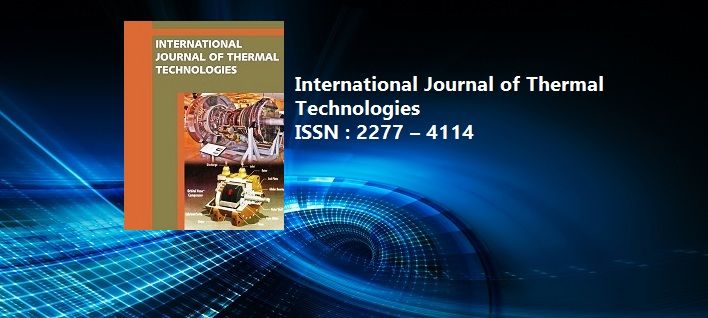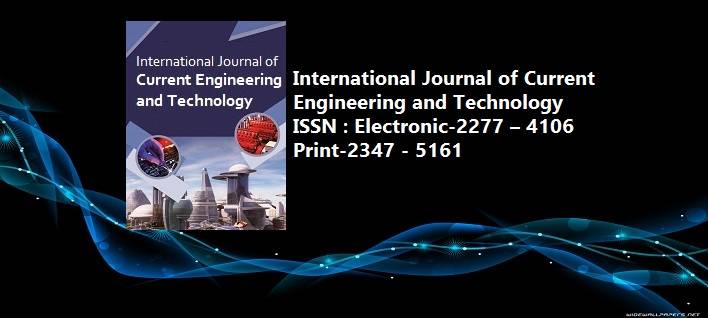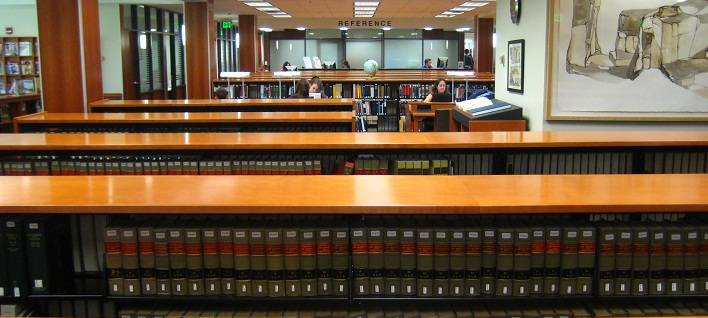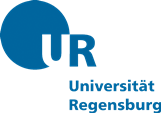Comparison of Feed-forward and Feedback LFSR for High Reliability
Pages : 2229-2235
Download PDF
Abstract
Error correction is one of the important technique for detecting and correcting errors in communication channels, memories etc., Errors are associated with all types of memories. But the NAND FLASH memories are competing in the market due to its low power, high density, cost effectiveness and design scalability. As far as the memory is concerned the testing should not consume more time. So, two types of LFSR is been designed to reduce the iteration bound and the critical path. Some DSP algorithms are used to overcome the delays by increasing the speed. BCH codes are widely been used for error detection and correction. The generated check bits of the BCH encoder are appended with the message bits to form a codeword. This codeword is sent to the receiver to detect any error during the transmission. One of the main components of BCH encoder is LFSR (Linear Feedback Shift Register). LFSR find its wider application in Built-in-Self-Test, signature analyzer etc., whereas here it is used to form parity bits to concatenate with message bits for the formation of a codeword. The main advantage of LFSR is that it is simple to construct and it operates at very high clock speed, but its main drawback is that the inputs are given in bit serial. To overcome these drawbacks. DSP algorithms such as unfolding and parallel processing are used by selecting the unfolding factor based on some design criteria. Selecting a better unfolding value reduces the sample period, decreases the clock cycle, and increases the speed, power and the throughput. Feed forward LFSR and Feedback LFSR are the two types of LFSRs discussed here. Each type has its own advantage and limitations. Different parameters like power, area, speed, throughput and clock cycles are compared for two types of LFSR .Based on the application any one type of LFSR can be used.
Keywords: Bose Chaudhuri-Hocquengham (BCH), Cyclic Redundancy Check (CRC), Computational Time (CT), Feedforward LFSR (FF-LFSR), Feedback LFSR (FB-LFSR), Galois Field (GF), LFSR, MLC(Multi Level Cell),unfolding, sample period reduction
Article published in International Journal of Current Engineering and Technology, Vol.4,No.3 (June- 2014)



















 MECHPGCON, MIT College of Engineering, Pune, India
MECHPGCON, MIT College of Engineering, Pune, India AMET, MIT College of Engineering, Pune, India
AMET, MIT College of Engineering, Pune, India International Conference on Advances in Mechanical Sciences
International Conference on Advances in Mechanical Sciences  International Symposium on Engineering and Technology
International Symposium on Engineering and Technology International Conference on Women in Science and Engineering
International Conference on Women in Science and Engineering




